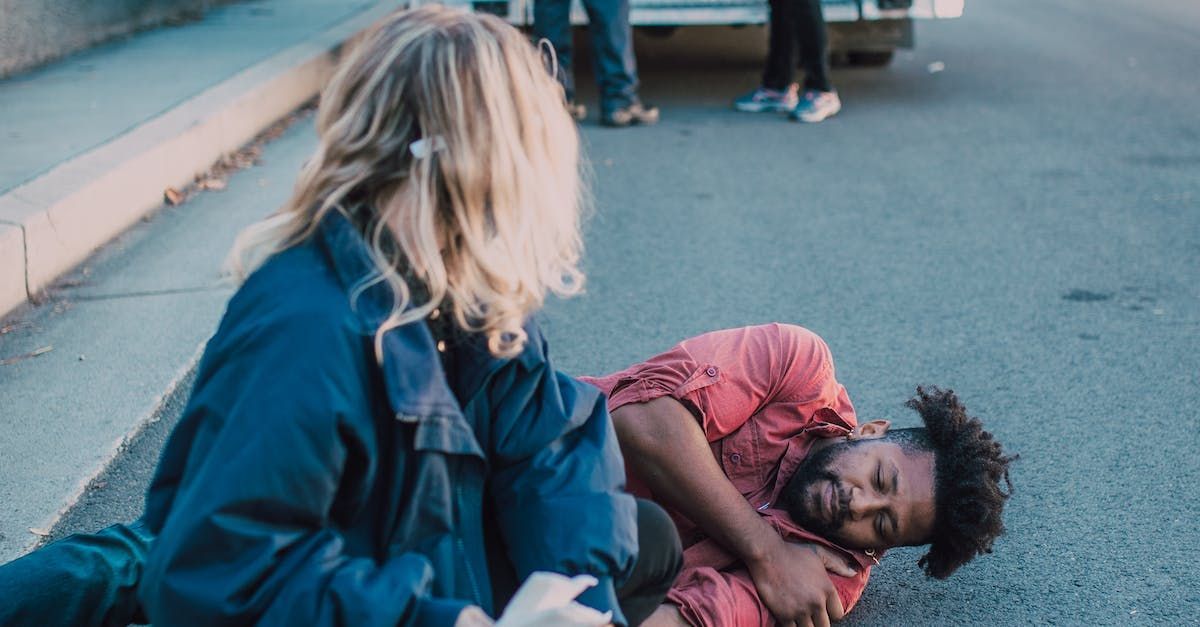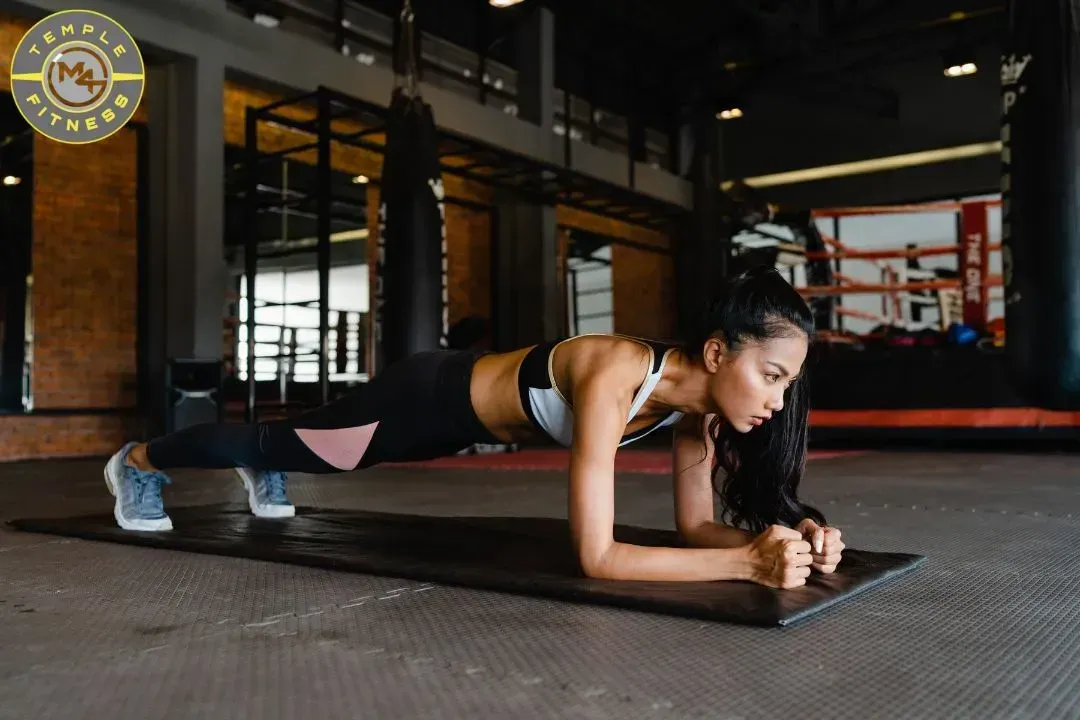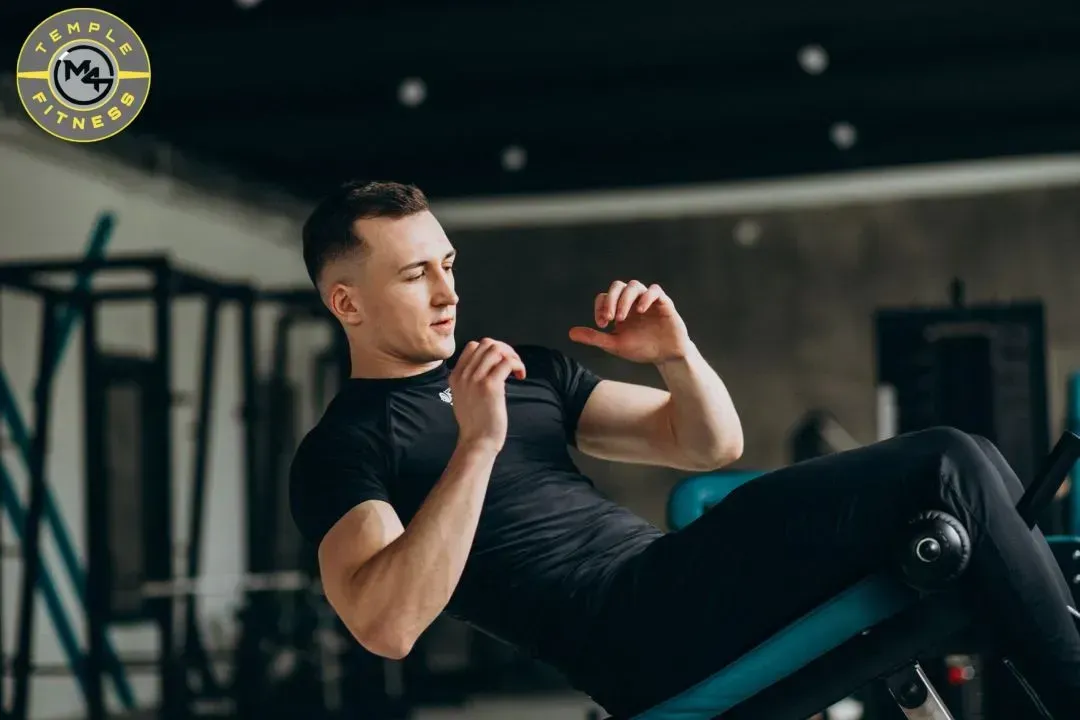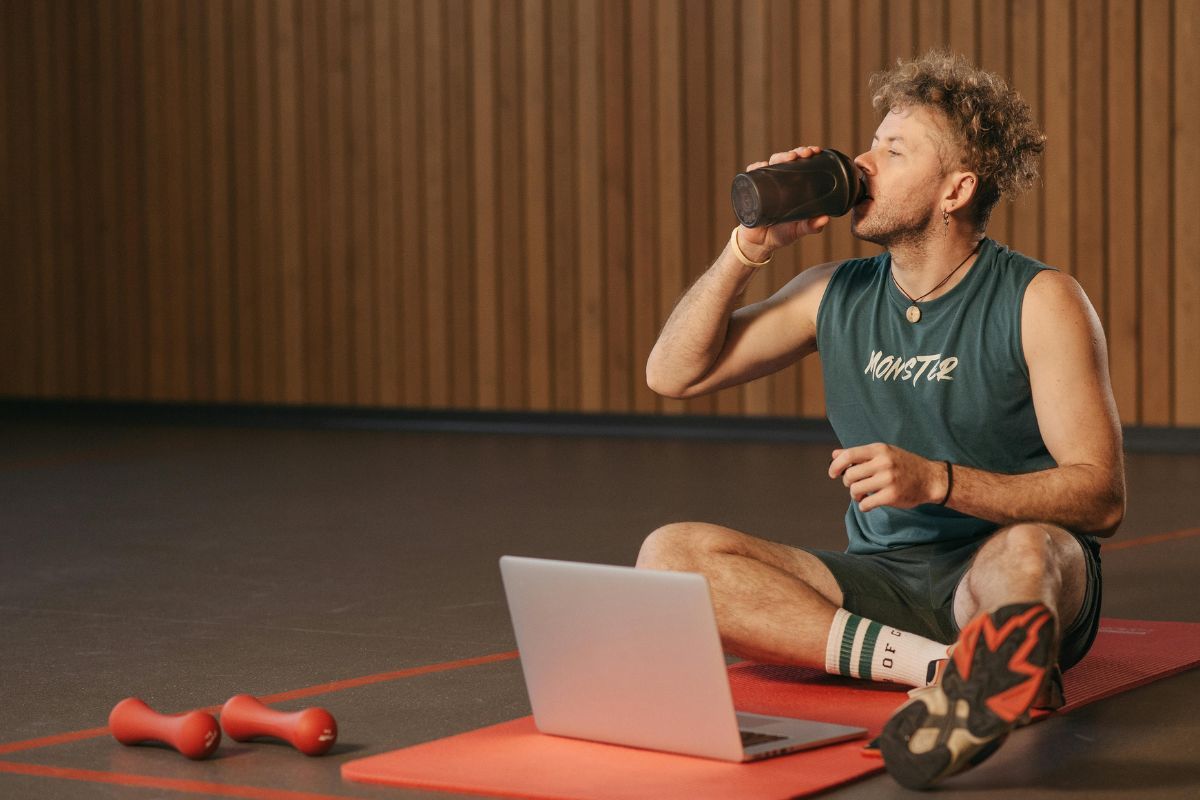Why do we fall as we age and how can we prevent it.
This is a subtitle for your new post

Do you know what the number 1 cause of both injurious deaths and nonfatal injuries is in
older adults (>65 years of age)? Drum roll………..FALLS! Yep, studies show that from 2007 to
2016, the death rate from falling in this age group increased by an average of approximately 3%
in the U.S. We know that the older population is susceptible to negative consequences from a
fall, with 20-30% of falls resulting in moderate to serious fall related injuries. You may be asking
yourself what can be done or is there anything that can be done. The answer is YES! Falls are
preventable.
What can I do to prevent a fall? First and foremost if possible you would want to seek out
a strength and conditioning specialist. From there they will be able to use a combination of
strength, balance, and reaction drills that play a role in stopping the fall from ever happening.
Increasing leg strength is a great place to start. As when you trip, the weight will shift to one leg
causing you to put all your weight on that one leg. If that leg is not strong off to hold you up you
will fall. Secondly, as we age when we trip we lose reaction time getting the foot back under our
center of mass. Which leads to an increase in step length. As that step length increase the more
weight is put on the supporting leg. Forcing us to have to more strength in the legs and trunk
strength. So, if we increase reaction time and minimize the step length this will give us a better
fighting chance.
What would a program begin to look like? It starts with balance training, task specific
training, and resistance training(strength and power training). Exercises that are both static and
dynamic for balance. Secondly, task specific exercises that mimic successfully recovering from
a fall. Thirdly, the program would focus on single and multijoint resistance exercises focusing on
strength and power.
A good start is to have someone begin with a series of static balance exercises on 2
feet. Then progressing to one foot. The single leg stance exercise is when you remain on one
foot while the contralateral leg is flexed at the hip or knee. Once that is mastered then a single
leg hip hinge can can be introduced. You can then continue with the progression of these
exercises.
Task specific movements like the step forward lunge and split lunge squats are great
exercises to introduce. These movements mimic the first part of a fall and will allow the muscle
used in these to become stronger.
Some examples of resistance training exercises are as follows: leg press, leg extension,
and standing heel raises. This will help to develop strength and power. This will greatly help with
people who are coming in with balance issues. The machines will allow them to increase
strength as they build balance.
It is crucial that everyone begins with the mentioned outlined program. Exercise can
offset falls and lead to a better quality of life.



